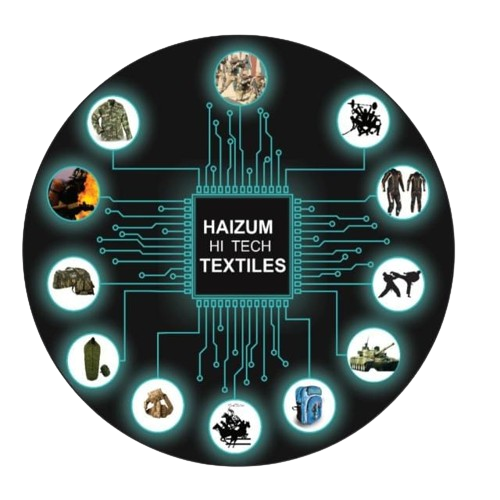

Creating a fabric military net with multiple functionalities like EMI protection, RFID shielding, and thermal protection requires a combination of specialized materials and construction techniques. Here’s a general outline of how you might approach designing such a digital vest:
-
EMI Protection:
- Use conductive fabrics or materials with high conductivity to create a Faraday cage effect. Options include copper, nickel, or silver-coated fabrics.
-
RFID Shielding:
- Incorporate RFID-blocking materials. Specialized fabrics with metal fibers or laminated metal foils can be effective.
-
Thermal Protection:
- Utilize insulating materials that are lightweight and breathable. Aerogel-based materials or advanced thermal insulators can be considered.
-
Digital Components:
- Integrate electronic components like RFID blockers and thermal regulation devices as needed.
Design and Construction:
-
Layered Approach:
- Design the vest with multiple layers, each serving a specific purpose. For example, an inner layer for thermal protection, a middle layer for EMI protection, and an outer layer for RFID shielding.
-
Seams and Closures:
- Ensure that seams are properly sealed to maintain the integrity of EMI protection. Consider using conductive tapes or special seam-sealing techniques.
-
Flexible Circuits:
- Integrate flexible circuits or conductive threads for connecting electronic components. This allows for movement without compromising functionality.
-
Power Supply:
- If electronic components are used, include a power supply system. This could be rechargeable batteries strategically placed within the vest.


-
Testing:
- Regularly test the vest for its EMI protection, RFID shielding, and thermal resistance to ensure it meets the required standards.
-
Customization:
- Design the vest in a way that allows for customization based on the specific needs of the wearer or the mission. For example, modular components that can be added or removed.
-
User Comfort:
- Prioritize comfort by choosing lightweight materials, incorporating ventilation where needed, and considering the ergonomics of the vest.
-
Durability:
- Military gear undergoes rigorous use, so ensure that the materials and construction methods used make the vest durable and resistant to wear and tear.
Regulatory Compliance:
Ensure that the design complies with relevant military standards and regulations, especially for electronic components and protection features.
Prototyping and Testing:
Before mass production, create prototypes for testing. Evaluate the vest’s performance in real-world conditions and make necessary adjustments.
Remember that creating a multi-functional digital vest with specialized features requires collaboration between materials scientists, engineers, and designers. It’s crucial to stay updated on the latest advancements in materials and technology to create an effective and cutting-edge product. Additionally, consulting with experts in military gear design and testing will contribute to the success of the project.
